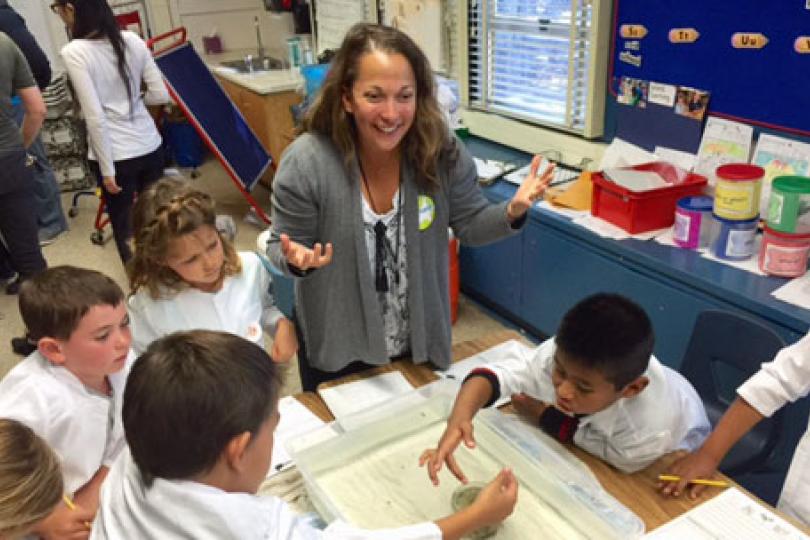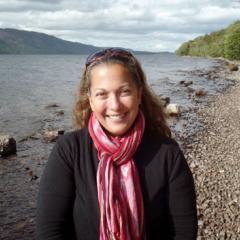Weaving together climate science, policy and people
The creation of the Climate Science Alliance-South Coast (Climate Science Alliance) was a dream that had been growing in my mind for many years before the stars aligned to allow it to blossom. Throughout my career I had been exploring pathways for engaging citizens, youth, scientists, and leaders in unique and creative ways that could inspire the kind of engagement and actions that will ensure future resilience from environmental degradation. Whether you are a scientist, community leader, artist, or politician we all have unique roles to play. And yet, it’s difficult to bring these unique perspectives and ideas together in a way that can serve as a catalyst for large scale action. My vision for the Climate Science Alliance was that it could serve as an umbrella for bringing people together to leverage programs, projects, resources, and expertise to do something bigger than we could each do alone.
With generous funding from the Robert and Patricia Switzer Foundation, the California Landscape Conservation Cooperative, and Region 5 of the California Department of Fish and Wildlife, I was able to pivot in my career to focus my passion, expertise, and experience to create the Climate Science Alliance network. In February 2015 the Climate Science Alliance was launched and I began building a network of leaders, scientists, and natural resource managers focused on sharing ecosystem-based resiliency approaches to safeguard both our communities and natural resources from climate change risks. I wanted to create opportunities to work collaboratively to help build the kind of relationships and trust that would accelerate actions across the region, including partnerships in Baja and with southern California tribes. This required a great deal of trust and relationship building but also creative and innovative approaches to appeal to both the heart and the mind if we really wanted to be successful.
While science-focused partnerships are a core part of this effort, equally important is the need to engage and inspire our local community members. When I speak with scientist and managers I am quick to remind them that it will not matter how good we are at partnering, creating new tools, new research, or collaborative projects if we do not bring our communities and decision makers with us. To truly build resilience in the south coast eco-region we needed a multipronged approach that included science partnerships, climate smart conservation actions, and innovative community engagement. Over the past year we have exceeded our expectations in several notable ways including growing the network to include more than 80 organizations and agencies from across the south coast region. The diversity of the partnership is notable in that it is equally composed of natural resource entities such as state and federal government and nonprofit conservation organizations, but also those outside the natural resource sector (including local government planners and engineers; agriculture, public health, and business professionals, educators, and artists). We’ve had a number of trainings and workshops focused on professional development and building capacity for climate planning for natural resource managers and local government planners; southern California tribes; and Climate Smart training in Spanish for partners from Baja which was the first of its kind. Under the Climate Science Alliance’s Innovative Community Engagement Initiative our outreach efforts have grown into community projects working with artists, museums, and libraries. The climate and youth engagement program called Climate Kids has grown exponentially with the creation of Climate Kids-San Diego, Climate Kids-St. Louis, and Climate Kids- Mexico. These projects are reaching more than 1000+ students in elementary, middle and high school with unique climate programming that includes art, science, and storytelling. A new partnership is under development to create Climate Kids for Tribes in 2016.
I have learned some incredibly important lessons during the last year that I will continue to carry with me as I invest my energy, passion, and expertise to continuing the work of the Climate Science Alliance. Specifically, the importance of listening and being embedded in your community; the importance of being able to articulate a unique niche/role for your work so as not to be seen as competitive or redundant; finding champions who believe in what you want to do and can support and promote your efforts and expand your impact; and last, but not least, the importance of telling your story and appealing not just to the mind but also to the heart. I am incredibly grateful to the support of the Switzer Foundation for believing in me and providing the opportunity to give back to my community in so many ways.

